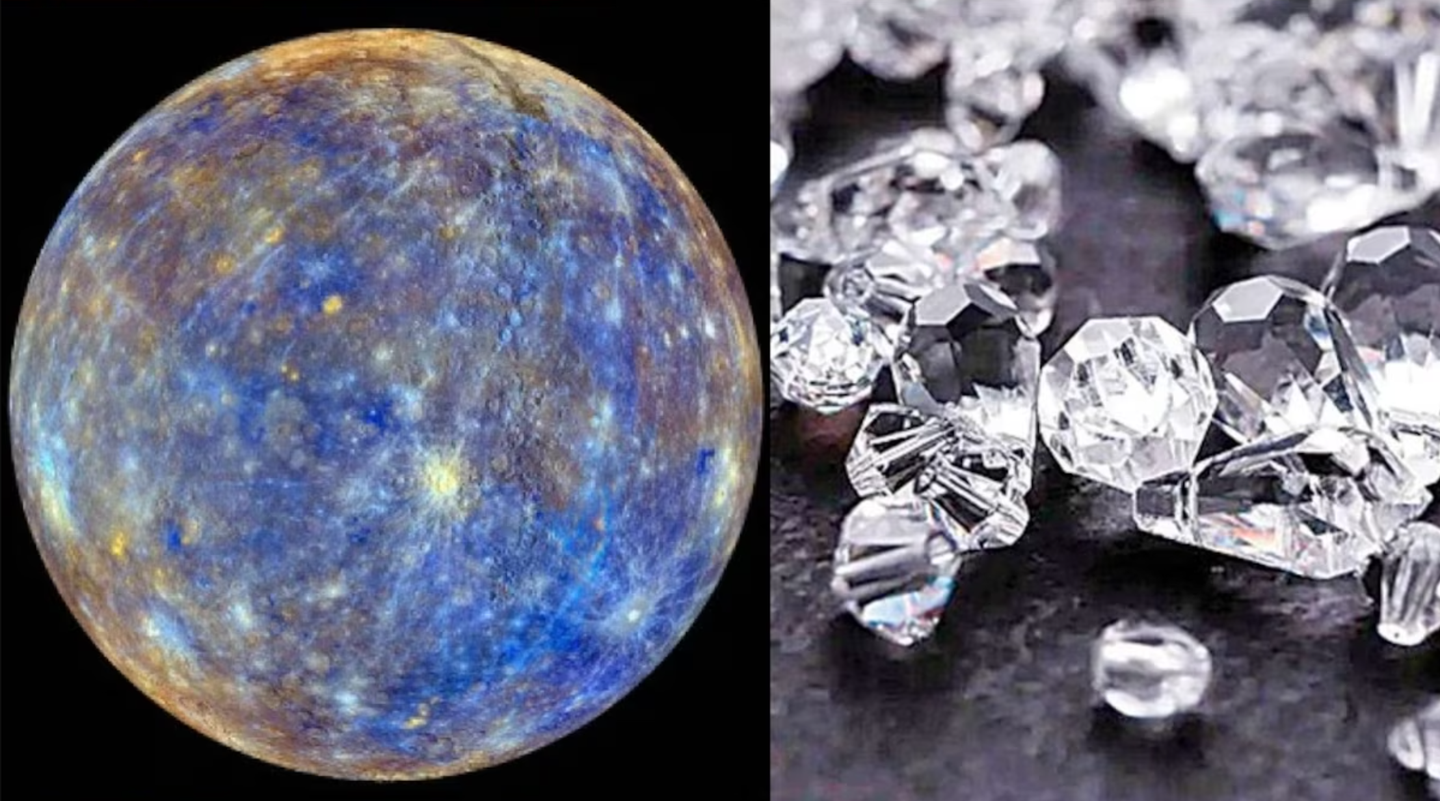Scientists unearthed a prehistoric landscape hidden beneath Antarctica
Discovery paints a portrait of a prehistoric Antarctica and offers a critical tool for predicting the continent’s response to climate change

Beneath the vast, frigid expanse of the East Antarctic Ice Sheet, scientists have unearthed a relic from an age when the now icy continent of Antarctica teemed with river networks and lush vegetation.
This groundbreaking discovery, spearheaded by Stewart Jamieson and his team of glaciologists at Durham University, not only paints a vivid portrait of a prehistoric Antarctica but also offers a critical tool for predicting the continent's response to contemporary climate challenges.
A Subterranean Odyssey: Probing the Past Through Ice
The East Antarctic Ice Sheet, a colossal expanse of ice spanning over 10 million square kilometers, has veiled a landscape millions of years old from the inquisitive eyes of science.
But now, thanks to satellite technology, researchers have pierced through this icy shroud, revealing a terrain shaped by ancient rivers, now silently entombed under nearly two kilometers of glacial ice.
"It's like uncovering a time capsule," explains Jamieson, whose life's work has focused on the intimate dance between the Antarctic landscape and the ice sheets that dominate it. "We've had a longtime interest in, effectively, the shape of the land beneath the ice sheet in Antarctica."
The profound implications of Jamieson's research lie in its potential to explain the ancient past and forecast the future. By reading the landscape buried beneath the ice, scientists can decipher the tale of the East Antarctic Ice Sheet, which has been a persistent and defining feature of the continent for over 34 million years.
Related Stories
Satellite Sleuthing: RADARSAT Reveals Hidden Terrain
The key to unlocking Antarctica's secrets lay in the innovative use of satellite observations. The Canadian satellite constellation RADARSAT, which can discern subtle irregularities in the ice surface that betray the contours below, has proven instrumental in this endeavor.
"We're trying to do is identify where we can really see an obvious picture in the land beneath the ice, and map it out," Jamieson elaborates on the process.
Through RADARSAT's sophisticated imaging, the team was able to detect an extensive pre-glacial landscape—a fossilized geological feature providing a snapshot of the Earth's configuration more than 34 million years ago. This landscape, roughly the size of Wales, offers an unprecedented look at an Antarctica that once basked in a warmer climate, flourishing with vegetation, long before the advent of its current ice-clad epoch.
The terrain's survival through eons beneath such an immense weight of ice suggests its remarkable antiquity. "The implication is that this must be a very old landscape that was carved by rivers before the ice sheet itself grew," Jamieson explains. "That's why we can say that the landscape itself is likely older than 34 million years."
This period corresponds to a time when dinosaurs roamed a verdant Antarctica, which was then part of the supercontinent Gondwana. Even after Gondwana's breakup, the continent sustained a rich tapestry of life until it succumbed to glaciation around 20 million years ago.
The true value of this discovery lies not merely in its fascinating revelations about Earth's prehistoric past but also in its implications for our present and future. The East Antarctic Ice Sheet, known for its sensitivity to climatic oscillations, acts as a bellwether for how rising global temperatures could reshape the polar regions.
Jamieson and his team are poised to extract more granular details about the terrain using remote-sensing techniques, aiming to reconstruct the ice sheet's evolution and, by extension, anticipate its future behavior.
"Understanding how this massive sheet might respond to human-driven climate change is a pressing concern," Jamieson asserts. The team’s research is pivotal in this regard, as the EAIS could be significantly impacted by both climatic and oceanic warming trends.
Bridging Eras: From Prehistoric Rivers to Modern Climates
The research conducted by Jamieson and his colleagues epitomizes the power of modern technology to bridge millions of years, connecting the dots between the prehistoric landscapes and today's climate dynamics.
The sophisticated analysis of RADARSAT data serves as a time machine, allowing scientists to visualize the lush riverine networks that once coursed through a land now locked under ice.
Their work underscores a critical message: Earth's past, present, and future are deeply intertwined. The geological imprints of ancient Antarctica hold the keys to understanding current environmental changes and forecasting the global impact of human-driven climate change.
As humanity grapples with these environmental challenges, the insights gleaned from the buried landscapes of Antarctica will undoubtedly play a vital role in informing global strategies for climate resilience and adaptation.
The discovery of Antarctica's ancient river networks is a testament to human curiosity and ingenuity. It serves as a poignant reminder of our planet's dynamism and the ongoing transformations that shape it over millennia.
For scientists and laypersons alike, these findings not only illuminate the shadowy corners of Earth's distant past but also shine a guiding light on the pathways that lie ahead in our quest to understand and mitigate the effects of a warming world.
By piecing together the intricate puzzle of Antarctica's climatic history, researchers are helping to construct a clearer picture of our planet's climatic future.
As the world continues to experience the profound effects of climate change, the knowledge contained within Antarctica's icy depths will be invaluable in the efforts to sustain the delicate balance of our planet's ecosystems.
For more science news stories check out our New Discoveries section at The Brighter Side of News.
Note: Materials provided above by The Brighter Side of News. Content may be edited for style and length.
Like these kind of feel good stories? Get the Brighter Side of News' newsletter.



